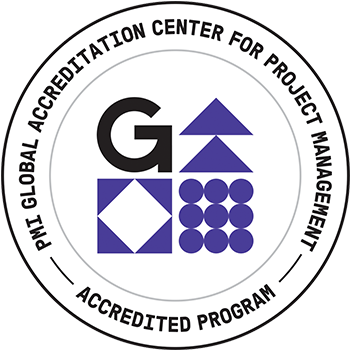Tappan ‘Zen’ Bridge: Case Study of the New NY Bridge Project
Paper Title:
Tappan ‘Zen’ Bridge: Case Study of the New NY Bridge Project
Abstract:
The NY New York Bridge Project will result in a replacement bridge for the 61 year old Tappan Zee Bridge. The new bridge is needed to replace the deteriorated current bridge which crosses the Hudson River and joins the New York Counties of Rockland and Westchester. This is a significant project as this replacement bridge will be one of the world’s longest and widest bridges. It will also be one of the most expensive bridges at an estimate cost of $4 billion. It is expected to be completed in 2018.
The urban dictionary defines Zen as a state of focus which involves a togetherness or oneness of body and mind. It is a way of being and it is a state of mind. It is also an approach to an activity which emphasizes simplicity and intuition over traditional thinking or focus on goals. In this way, the New NY Bridge project is one which seeks to create harmony with the community and project stakeholder, including those on the project team.
This project is an excellent case study of how both risk management and stakeholder management support project management and the achievement of project objectives. This paper reviews the practices being used in the construction of the New NY Bridge, and how they relate to effective project risk and stakeholder management.


